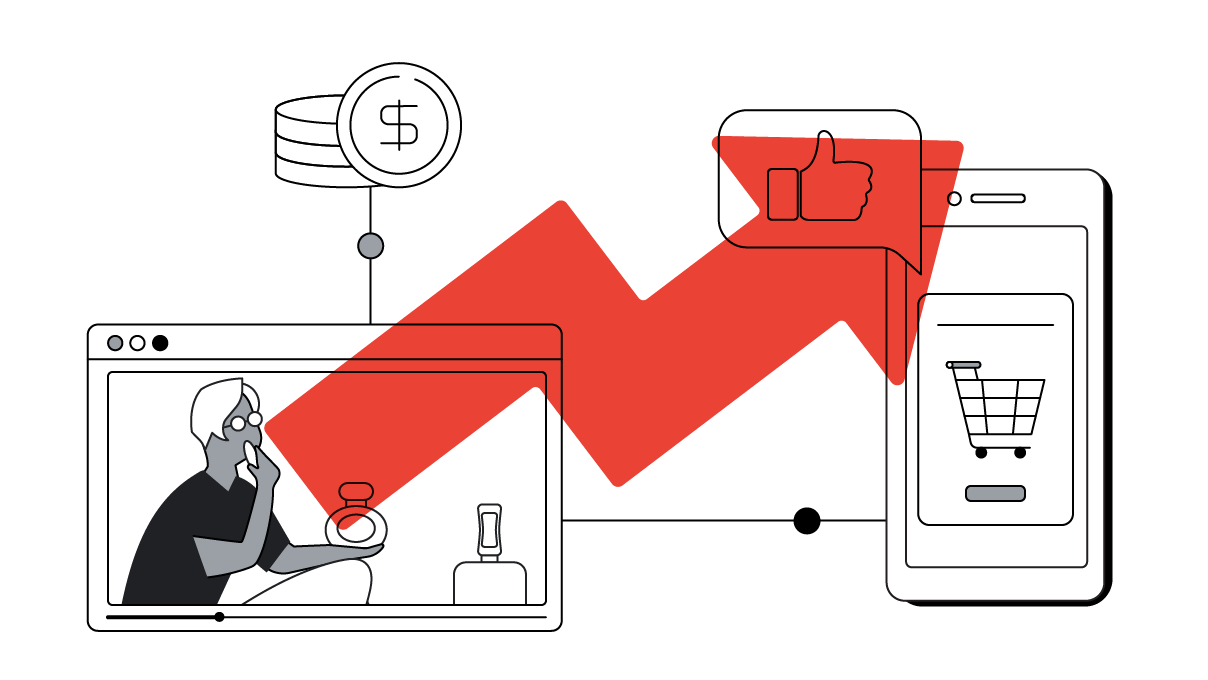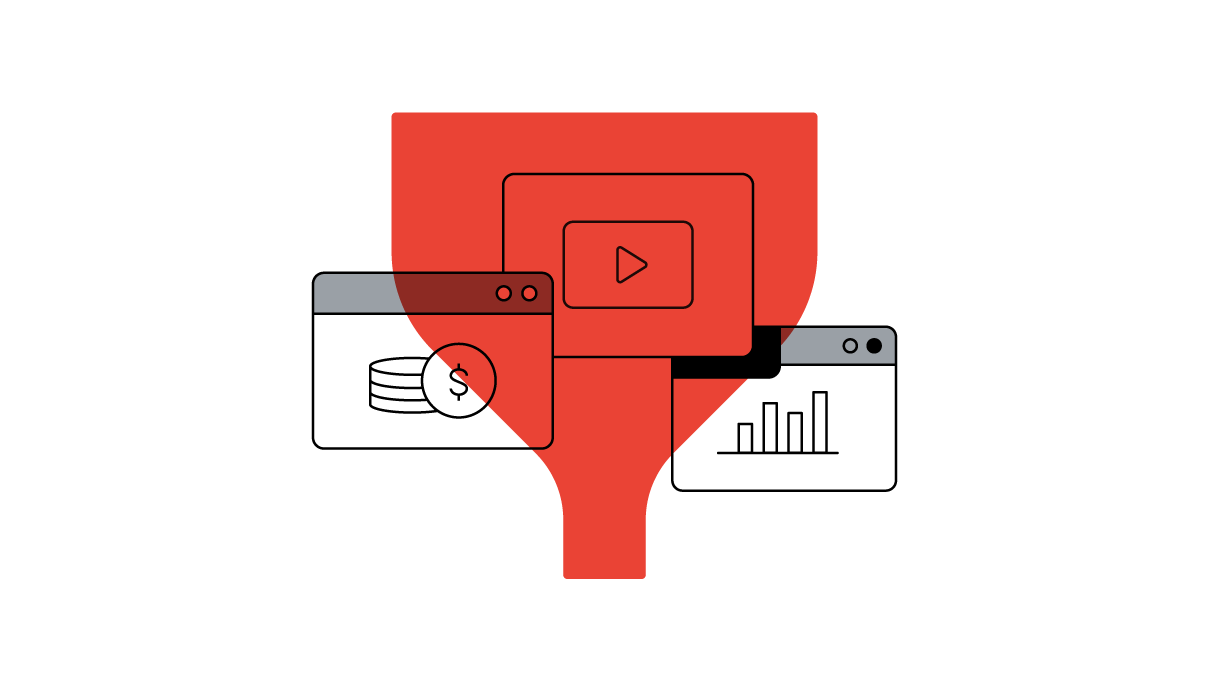During the early days of COVID-19, when people were stuck inside, the time they spent consuming digital media skyrocketed. But as weeks turned into months, and months into years, it became clear the trend would continue — perhaps indefinitely.
E-commerce boomed as people shopped, out of convenience or necessity, on their phones, tablets, and laptops. Even when brick-and-mortar stores reopened, online shopping continued. The forecast is that over 40% of the global population, or 3.37 billion people, will be digital video viewers this year, and APAC is at the forefront with over 2 billion viewers.

In this rapidly changing environment, adopting a holistic media measurement approach has become an increasingly critical step for brands in the process of identifying and unlocking new growth opportunities. And given online video’s rising importance in the consumer journey, advertisers should consider these three key measurement principles to evaluate the platform’s full potential in their marketing mix.
1. Capture holistic omnichannel sales
Although all media impacts omnichannel sales, the boom in e-commerce revealed disparities between online and offline sales impact. Analytics solution provider Analytic Partners’ ROI Genome research found that online video is, on average, 72% more effective at driving e-commerce sales than linear TV.1
2. Account for long-term impact
Most approaches to marketing mix modeling only capture short-term outcomes, which reflect a subset of a brand’s total media impact. When long-term effects are factored in, as in Analytic Partners’ Commercial Mix Analytics approach, online video has been shown to produce the highest return on investment (ROI) of any media channel, with two out of every three brands seeing higher ROI on YouTube than on linear TV.2
3. Adopt a nimble test-and-learn ethos
Testing and retesting is a crucial step of effective media planning. Analytic Partners ROI Genome research shows that brands that implement a robust testing strategy achieve 5X the sales growth of those that don’t.3
Today’s customer journey has evolved beyond a single path to purchase to include infinite combinations of moments, each offering an opportunity to influence consumers. It’s crucial to have an omnichannel strategy that increases the number of those touchpoints and leverages the synergy between them. Analytic Partners’ ROI Genome research found that using two media channels yielded 19% higher ROI than a single touchpoint, while using five channels raised it by 35%.4 Yet the pandemic has accelerated the shift toward online video at an unprecedented rate: 70% of brands that increased their spend on YouTube saw higher YouTube ROI year over year.5 Those brands not only leaned on holistic measurement, but also optimized the following key media levers to maximize impact.

Know your ABCDs
Creative accounts for two thirds of online video’s ad impact.6 Follow the ABCDs for creative effectiveness in video to build a strong initial foundation for your campaign.
Consider reach and frequency
As media frequency increases, there can be diminishing returns on ROI. By contrast, as brands increase a platform’s unique reach, the impact on incremental sales will typically rise in proportion. YouTube is primed to drive unique reach thanks to its broad footprint, targeting capabilities, and frequency management. One direct-to-consumer brand included YouTube’s actual reach and frequency in their modeling process, which showed room to improve ROI by focusing on methods for driving incremental reach rather than increasing frequency.
Put a spotlight on your brand
Brand messaging outperforms performance messaging 80% of the time.7 Try focusing on your brand’s equity and what your brand stands for. More often than not, your ad will perform better than it would have had it focused on a specific product or promotion.
Vary your video formats
Balance effectiveness and efficiency by selecting the best mix of ad formats on each platform. On YouTube, Analytic Partners found that making six-second bumper ads part of the mix significantly improves efficiency. Their low cost per impression makes them a powerful ingredient in your recipe for driving reach, reinforcing messaging, and bringing down costs.8
By investing in online video and connected TV, brands can take advantage of changing consumer behaviors and new, emerging content formats on platforms such as YouTube. But brands must also incorporate omnichannel sales, long-term impact, and test-and-learn practices into their measurement strategies to ensure these plans are robust enough to accurately capture the results of increased investments. Understanding how contributing factors shape outcomes can prepare marketers to make confident and informed decisions for their brands going forward.








